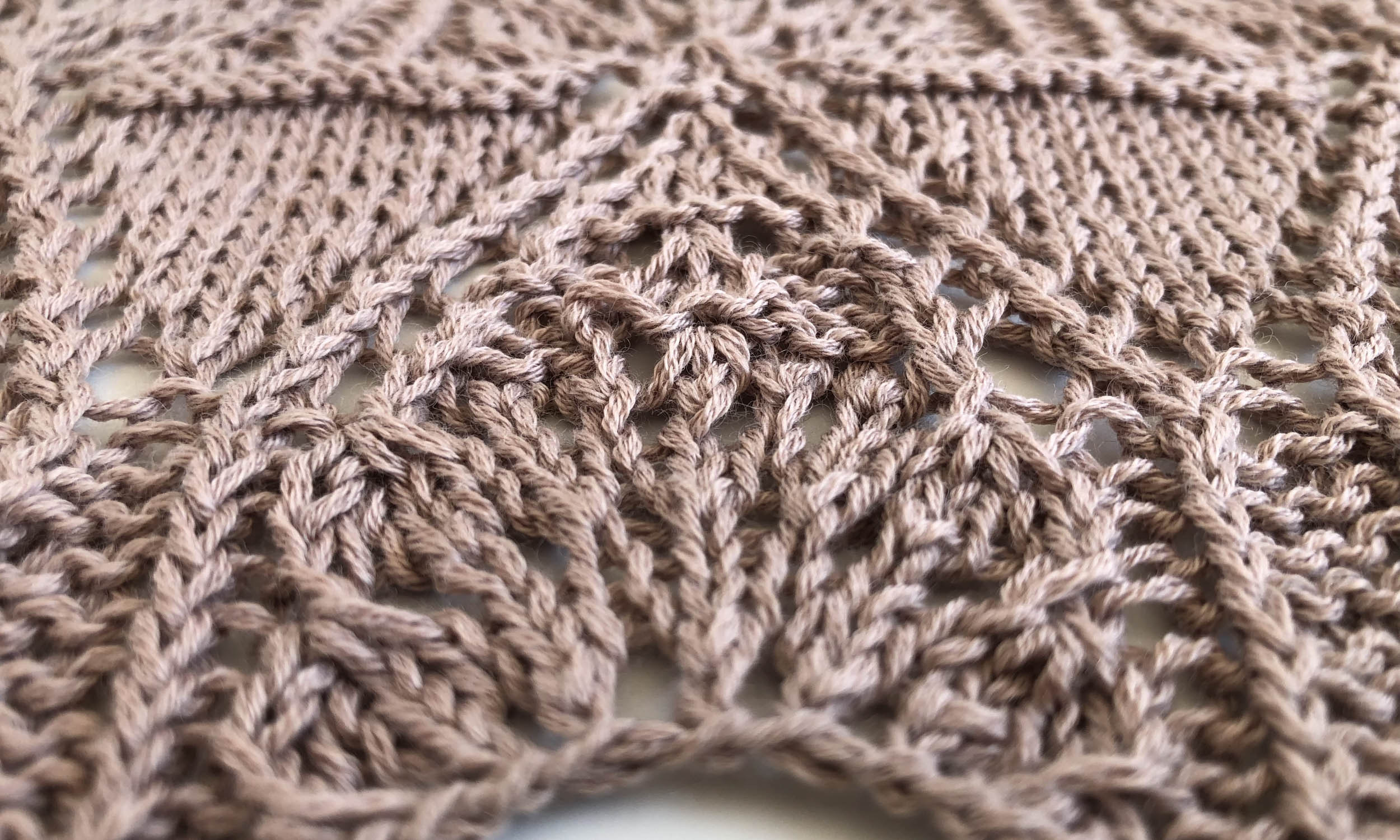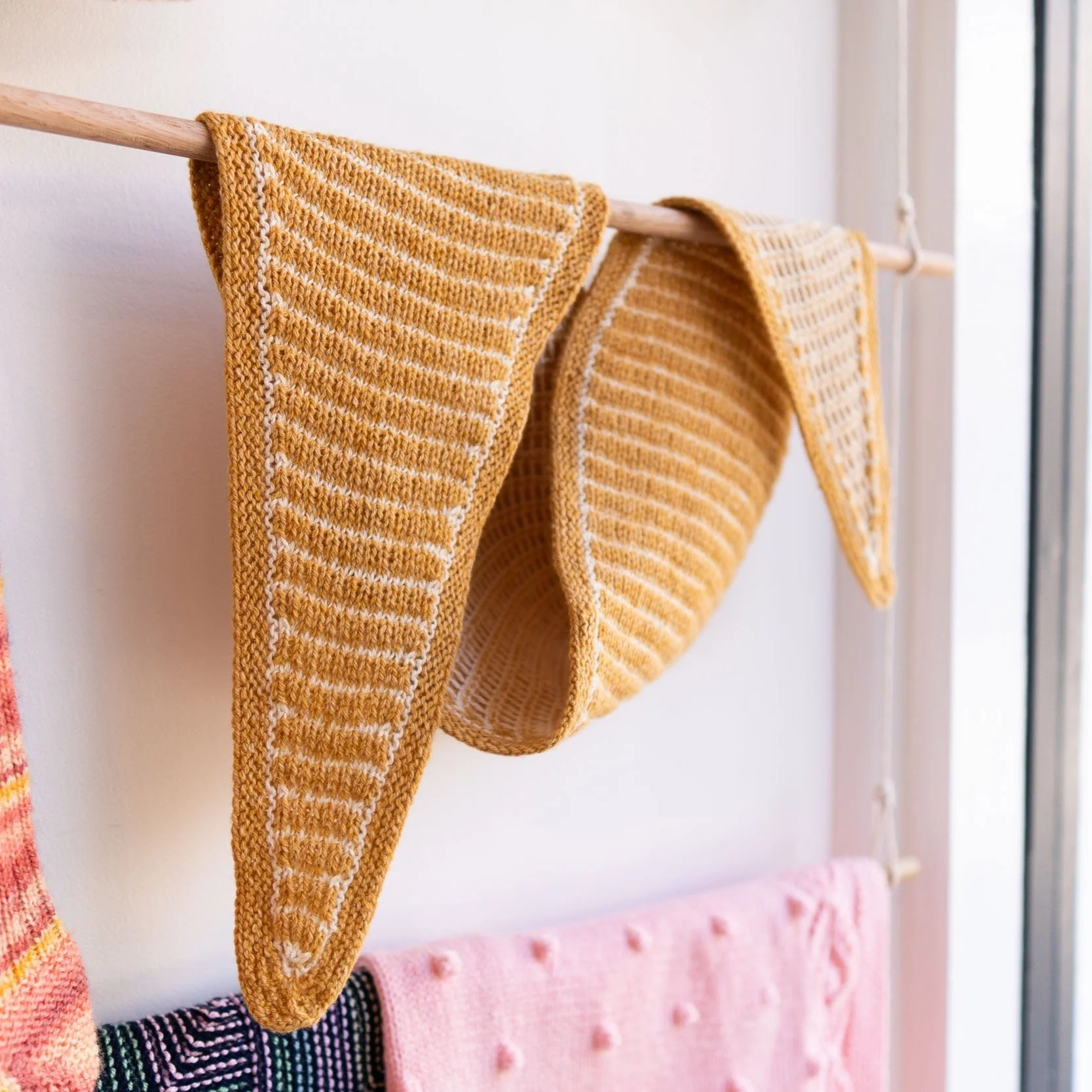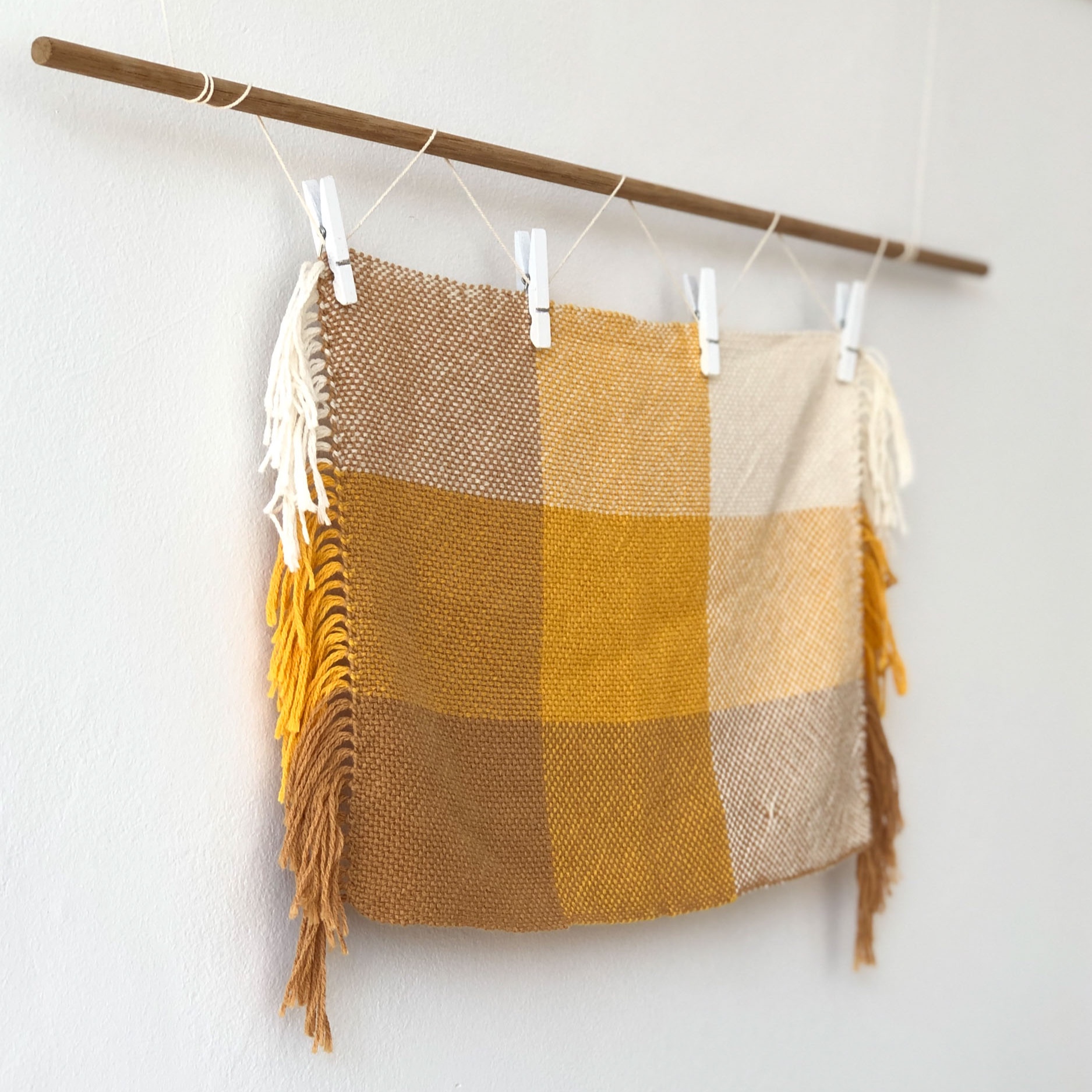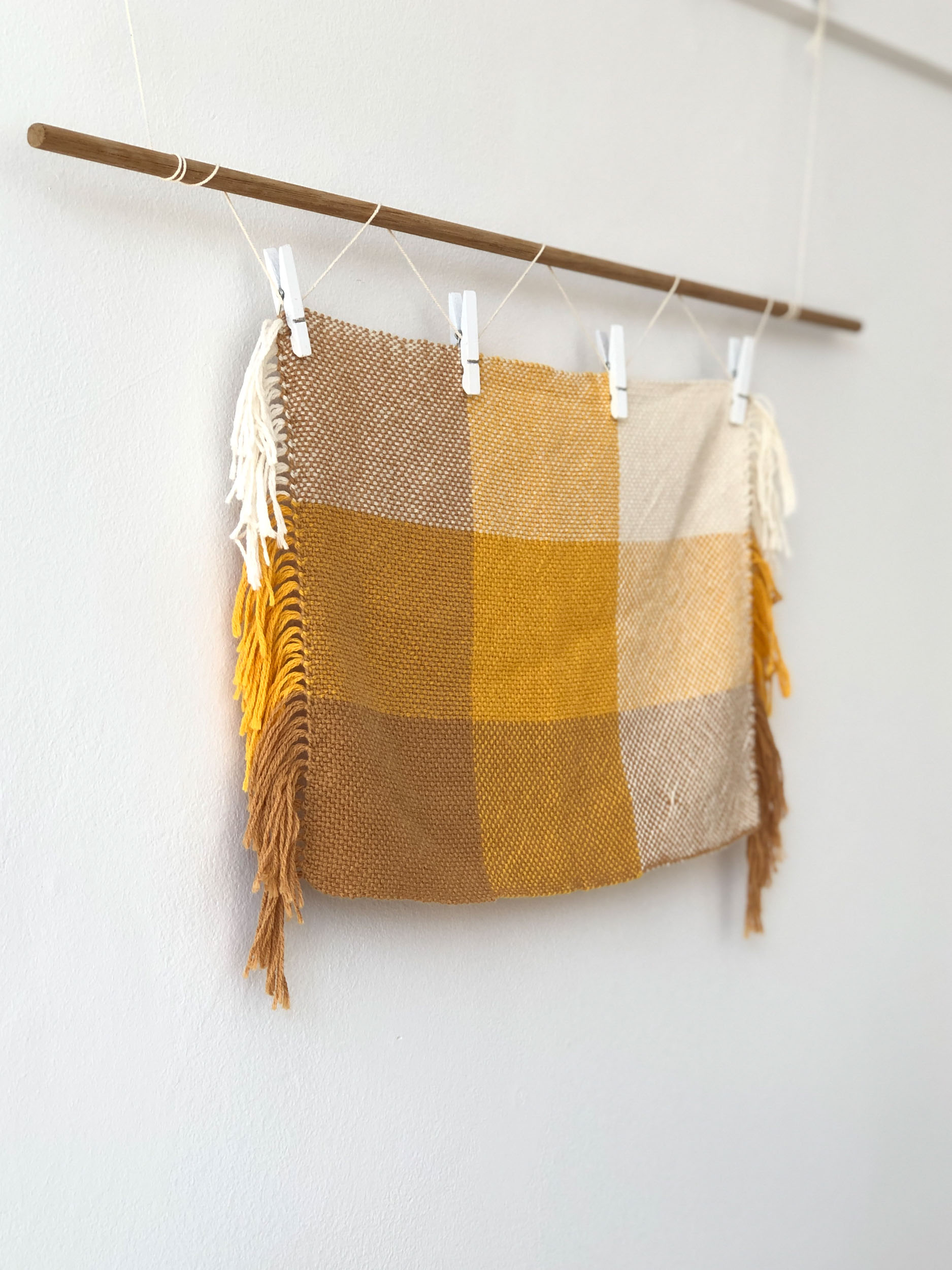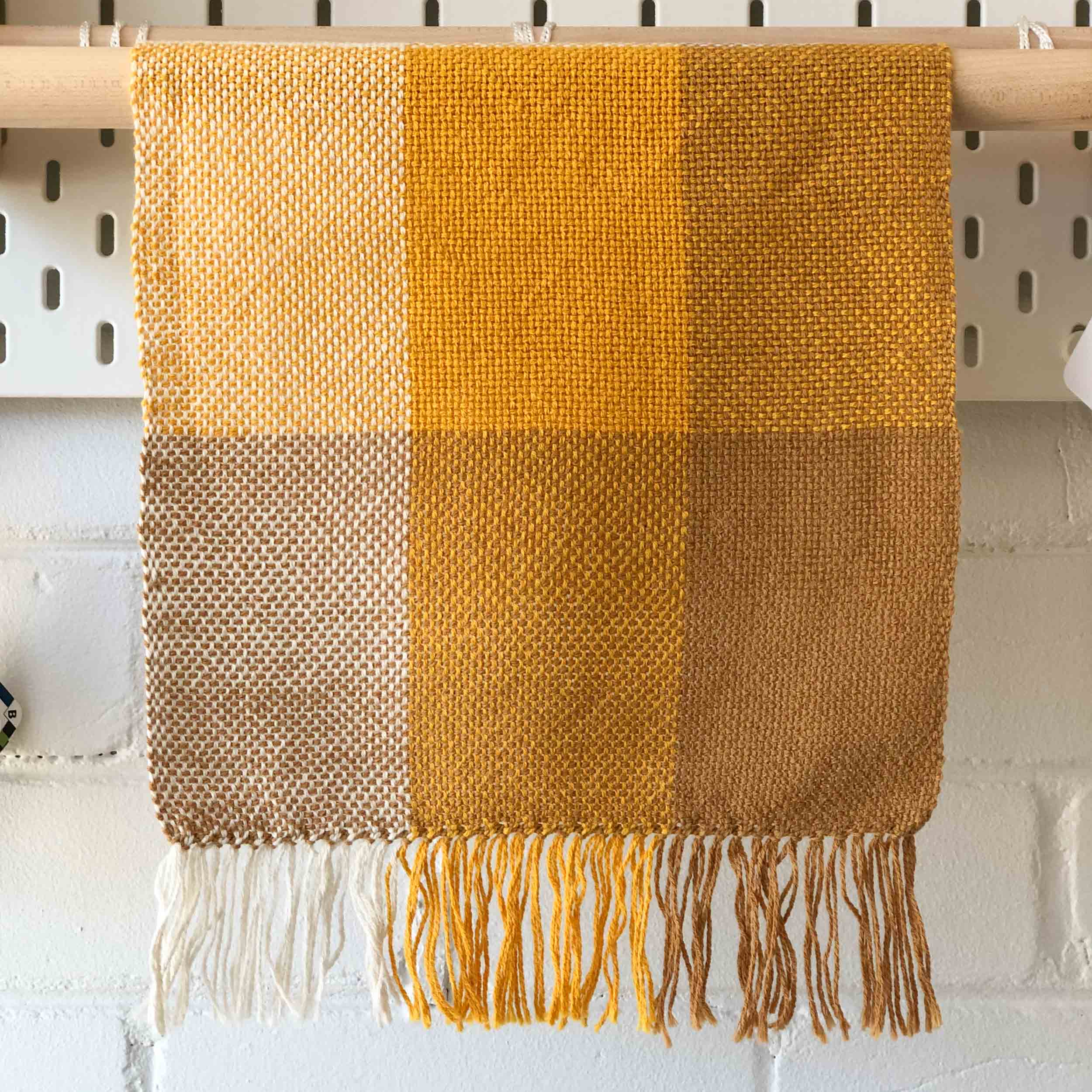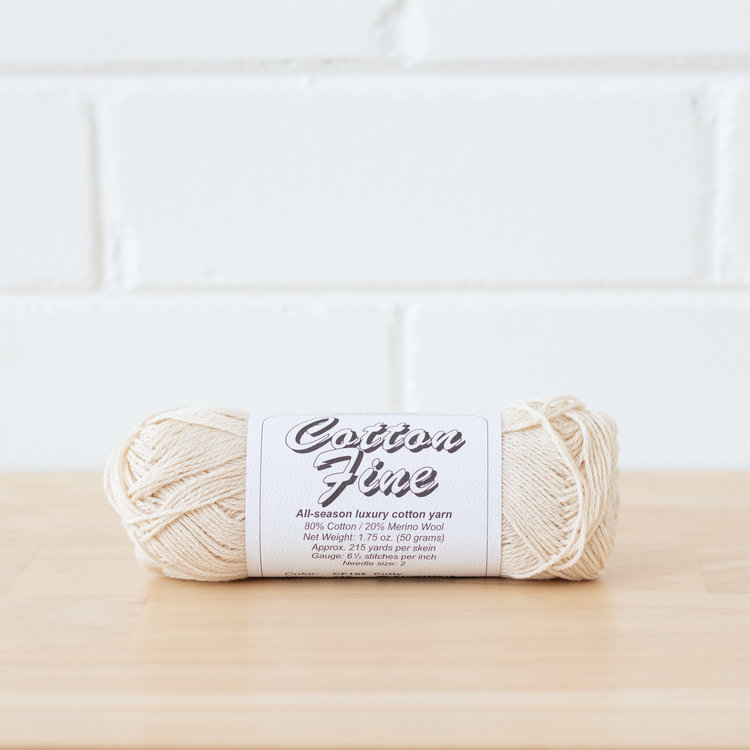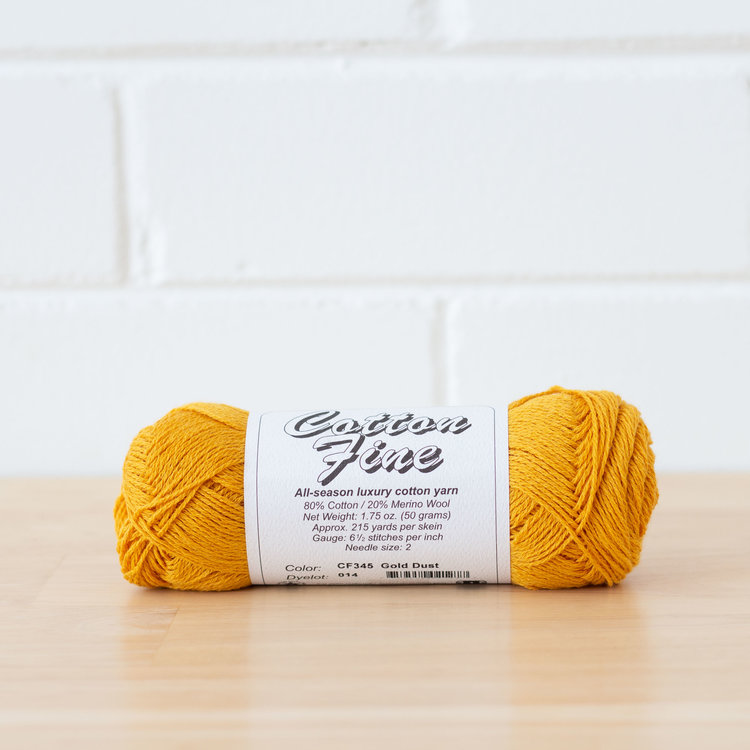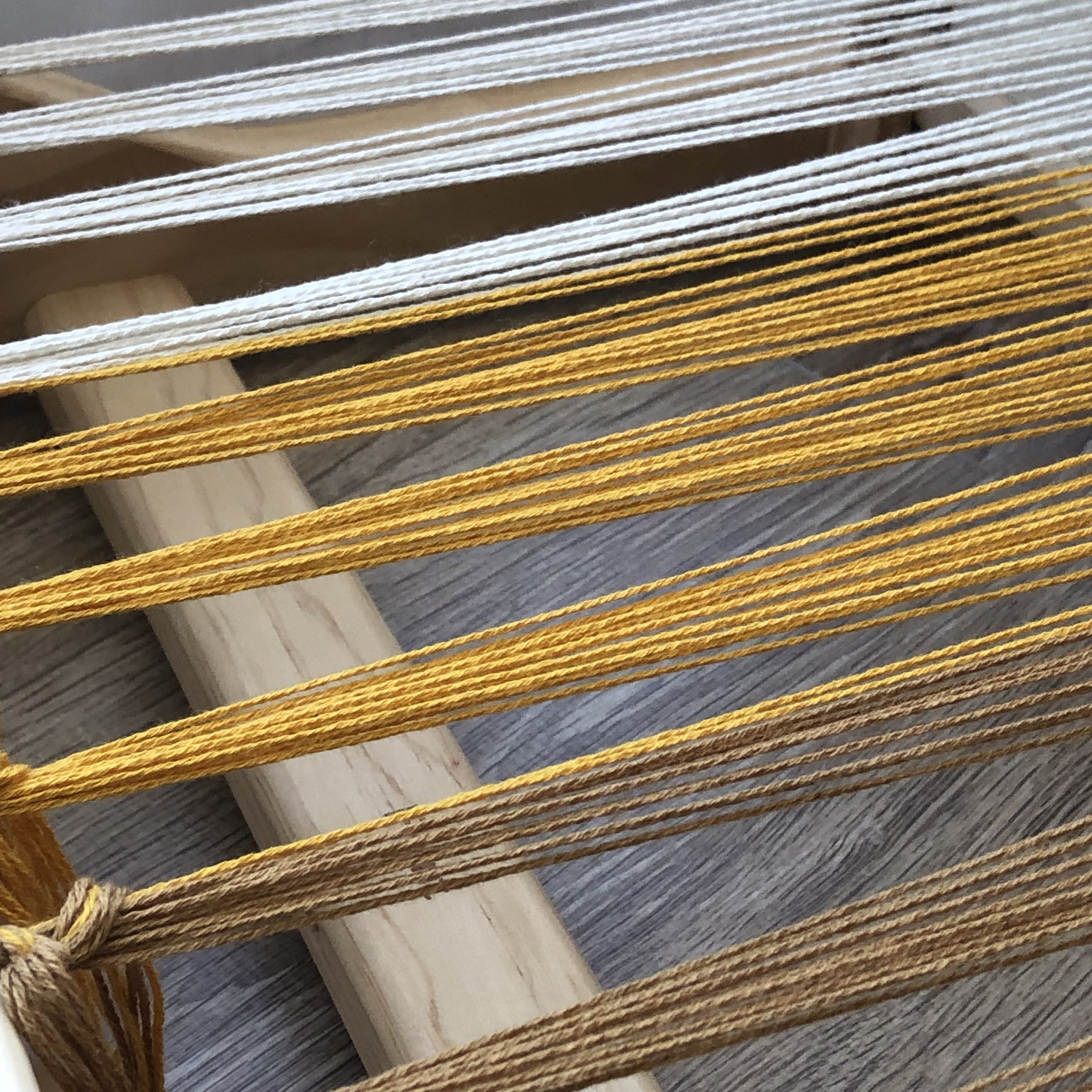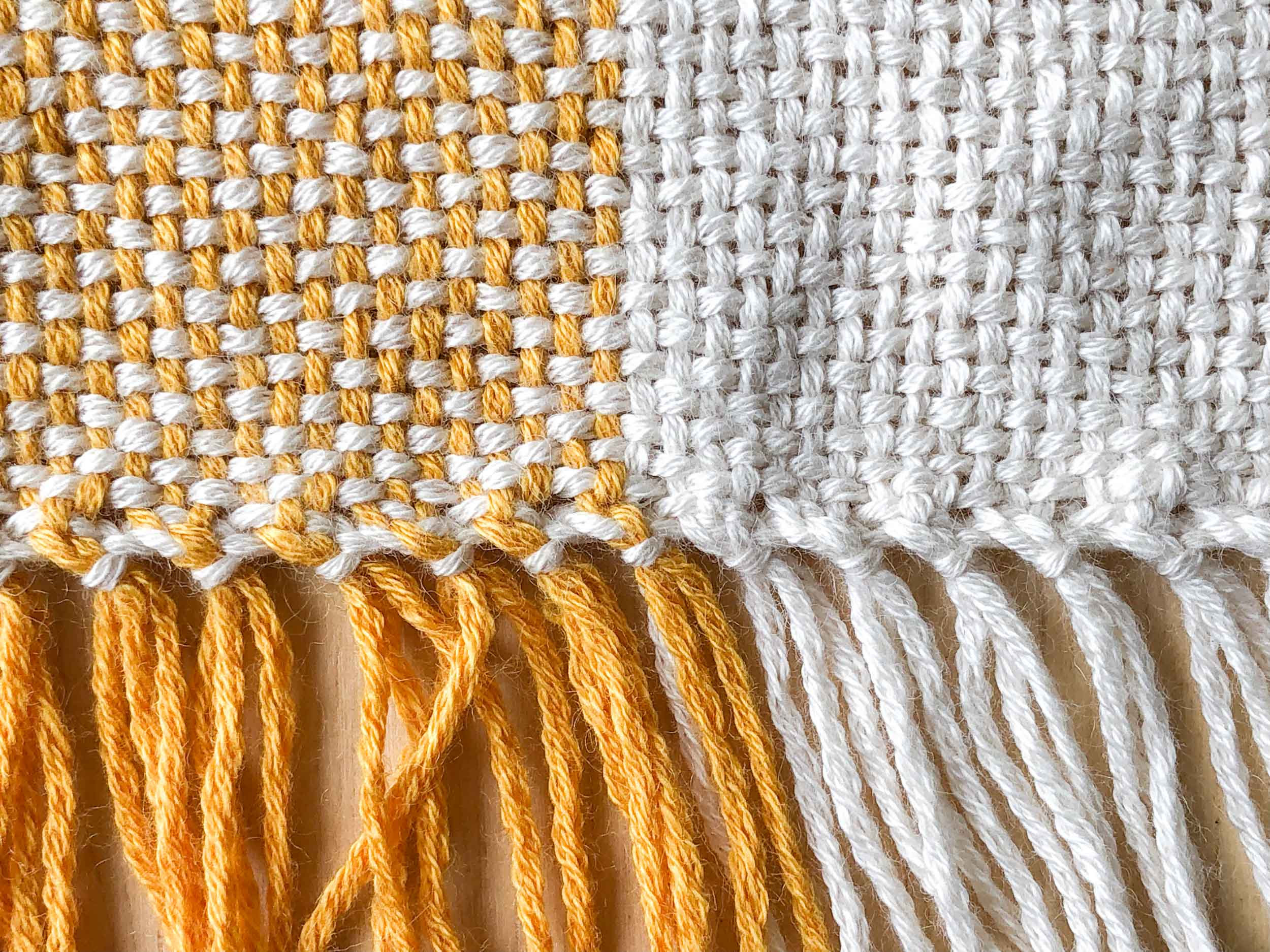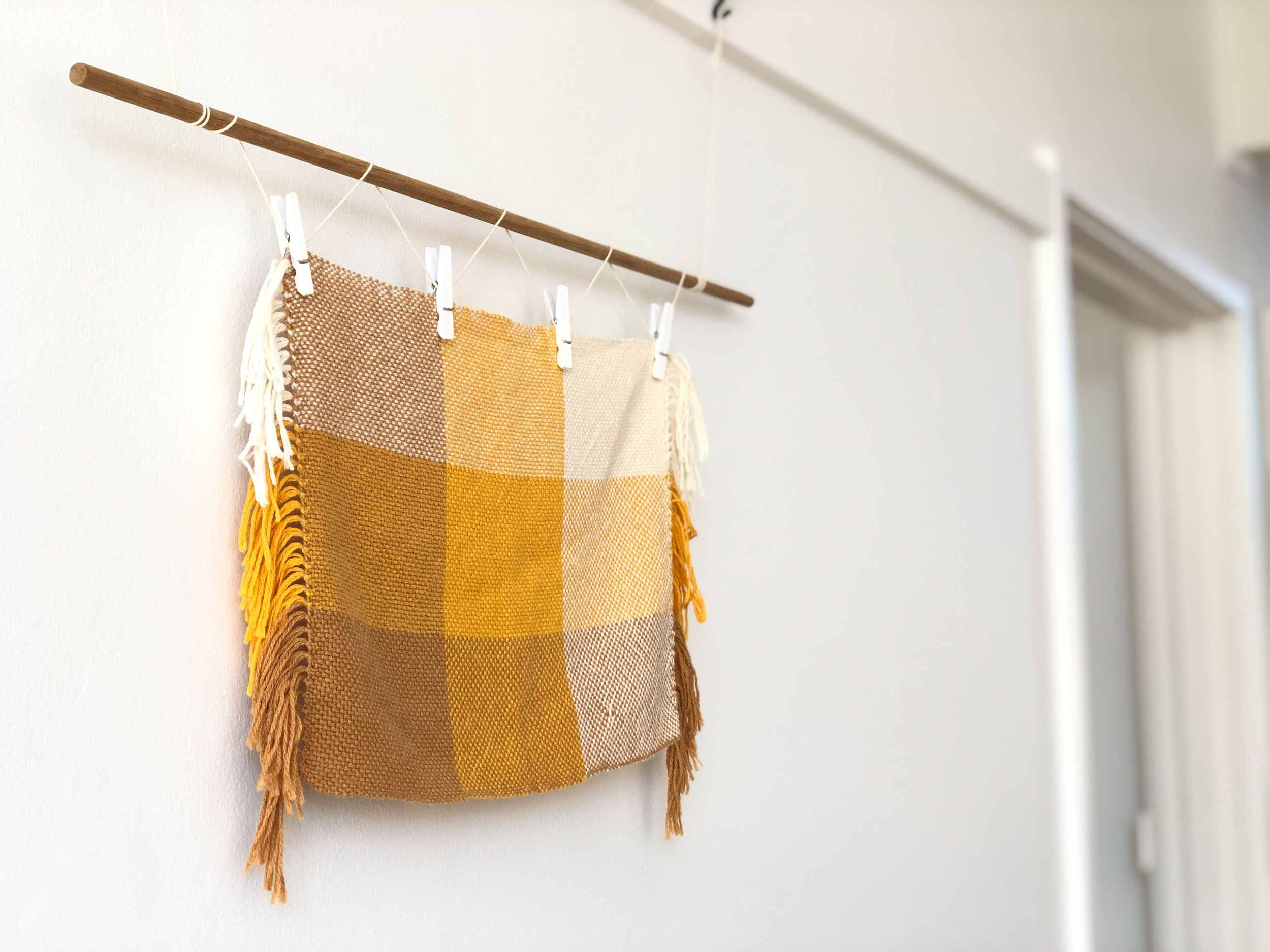Swatching with Cotton Fine
A knitted sample of Tegna, by Caitlin Hunter
Here at Loom & Spindle, we’re proud omni-crafters! Passionately dabbling in all things fibre.
Today we’re taking a look at our first knitted swatch for Cotton Fine. Specifically, a sampler of Caitlin Hunter’s popular Tegna pattern.
We thought this light-weight summer style would be a good match for this sumptuous blend of Pima cotton and merino wool.
We knit the swatch to explore the interaction between gauge, knit fabric and fibre and assess the suitability of the yarn for a knitted project featuring lacework.
Below, we’ve included our notes on how we interpreted the pattern to become a swatch and our thoughts on the resulting fabric.
This ‘recipe’ is a great starting point if you want to have a go at swatching for your next knitting project.
P.S. At the end we’ve detailed the yardage required for all sizes should you wish to knit your own!
PROJECT
A knitted sample of Tegna by Caitlin Hunter, using Cotton Fine by Brown Sheep Co.
AIM
Knit a swatch in Cotton Fine to explore:
The fabric’s hand-feel at the resulting gauge
The suitability of Cotton Fine for lacework, and
Knitting garments in Cotton Fine
SKILLS
Casting on
Casting off
Knitting flat
Reading charts for lacework
Familiarity with decreasing, yarnovers, knitting through the back loop
Translating pattern instructions into swatch parameters
TOOLS
3.25 mm (US 3) circular needles (we used Chiaogoo Spin Bamboo Interchangables)
Scissors
MATERIALS
PLANNING
We focused on setting parameters for the piece and interpreting the pattern to accommodate the swatch.
SIZE
Working with the patterns suggested gauge of 22 stitches over 10cm (4'') in stocking stitch and the stitch count for the lace repeat, we decided three lace repeats would provide a reasonable sample size and a visually balanced sample.
60 stitches were required for the cast on.
SETUP
Cast on: Long-tail method
Cast off: A tapestry needle to thread the yarn tail through live stitches
LACEWORK
The pattern details the lace repeat both written (worked in the round) and as a chart.
We chose working with the chart as the visual aid was convenient when working the swatch flat.
We used stitch markers to define the beginning and end of each lace repeat.
NOTES
As 3.25mm was the needle size suggested in the pattern, we thought this would be a good starting point to explore gauge.
Our swatch will be knit flat as noted above. Please note the Tegna pattern, as written, is worked in the round.
METHOD
STEP 1
60 stitches were cast on using the long-tail method.
STEP 2
The lace repeat was worked flat until the end of the chart.
STEP 3
Approximately 10cm (4'') was knit in stocking stitch to complete the swatch.
STEP 4
The live stitches were secured by simply threading the yarn tail through the loops using a tapestry needle.
FINISHING
The swatch was soaked in a bath of cool water for around 5 minutes, the excess water pressed out using a towel. The swatch was then pinned out on a blocking matt, attention given to opening up the lacework and aligning the stitches that frame the lace detail.
GUAGE
The final measurements were:
22 stitches over 10cm (4'')
28 rows over 10cm (4'')
Overall dimensions, 20cm x 25cm (8'' x 10'')
INSIGHTS AND OPPORTUNITIES
THE GAUGE
Amazingly, we got gauge! When does that ever happen ;)
Though, it’s important to note that we worked the swatch flat. Working in the round could produce a slightly different row gauge.
Based on these results we’d go ahead and knit the garment on 3.25mm needles, monitoring row gauge and adjusting the body length in the stocking stitch section if necessary.
THE FABRIC
At this airy gauge, Cotton Fine has produced a soft drapey fabric with a smooth hand-feel.
The cotton/merino blend offers great stitch definition, the detail in the lace panel is clear and structural elements well defined.
The resulting texture is feminine and cool.
FINAL THOUGHTS
The lacework was intuitive and the pattern easy to follow. Using stitch markers definitely helped us track the lace repeats and catch those missed yarnovers!
Cotton Fine worked up nicely and we think it has great potential for light-weight knitted garments.
Tegna is an exciting introduction to both lacework and knitted garment construction and is highly recommended to anyone motivated to give it a try.
THANK YOU FOR READING!
Tegna by Caitlin Hunter can be found on RAVELRY.
Knitting in Cotton Fine? Here’s what you’ll need:
X-Small - 4 Skeins
Small - 4 Skeins
Medium - 5 Skeins
Large - 6 Skeins
X-Large - 6 Skeins
2X-Large - 6 Skeins
3X-Large - 7 Skeins









